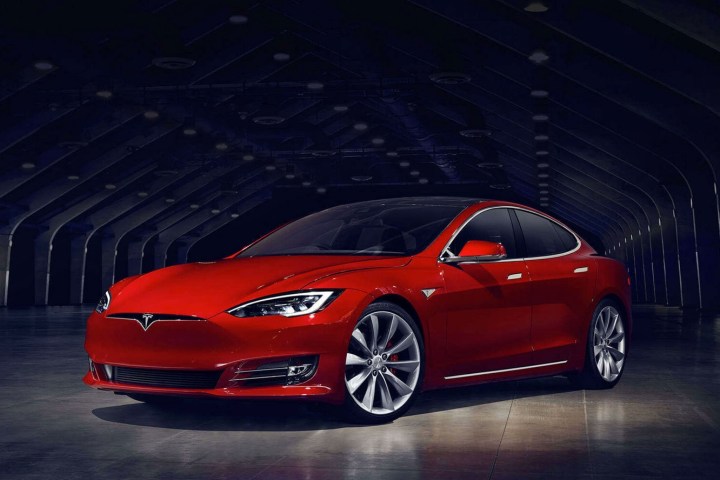
The NHTSA began investigating Tesla’s Autopilot system last year after a 2015 Model S collided with a tractor-trailer that crossed a divided highway in Florida. Autopilot failed to detect the trailer, and the driver, Joshua Brown, became the first known fatality in a car operating semiautonomously. Some blamed Brown’s death on an Autopilot malfunction, while others claimed the tech wasn’t being used properly.
Tesla has repeatedly stressed that Autopilot does not make its cars fully autonomous. The system allows the Model S and the Model X to autonomously follow traffic, brake, and make lane changes, but the driver needs to remain alert and ready to take over at all times. State troopers who arrived at the scene shortly after the accident told Reuters they found a DVD player showing a Harry Potter movie, potentially explaining why Brown didn’t brake or swerve to avoid the accident. Interestingly, a witness who was on the scene of the accident before law enforcement told the same source that he did not hear a movie playing.
“At Tesla, the safety of our customers comes first, and we appreciate the thoroughness of NHTSA’s report and its conclusion,” the company stated in a short article published on its official blog.
Tesla co-founder and CEO Elon Musk has publicly defended Autopilot since the accident first made headlines, and he has emphasized that the system is designed to make driving safer and save lives. On Twitter, he highlighted that the NHTSA’s investigation confirmed his statements.
“The data show that the Tesla vehicles’ crash rate dropped by almost 40 percent after Autosteer installation,” wrote the NHTSA in its final report.



